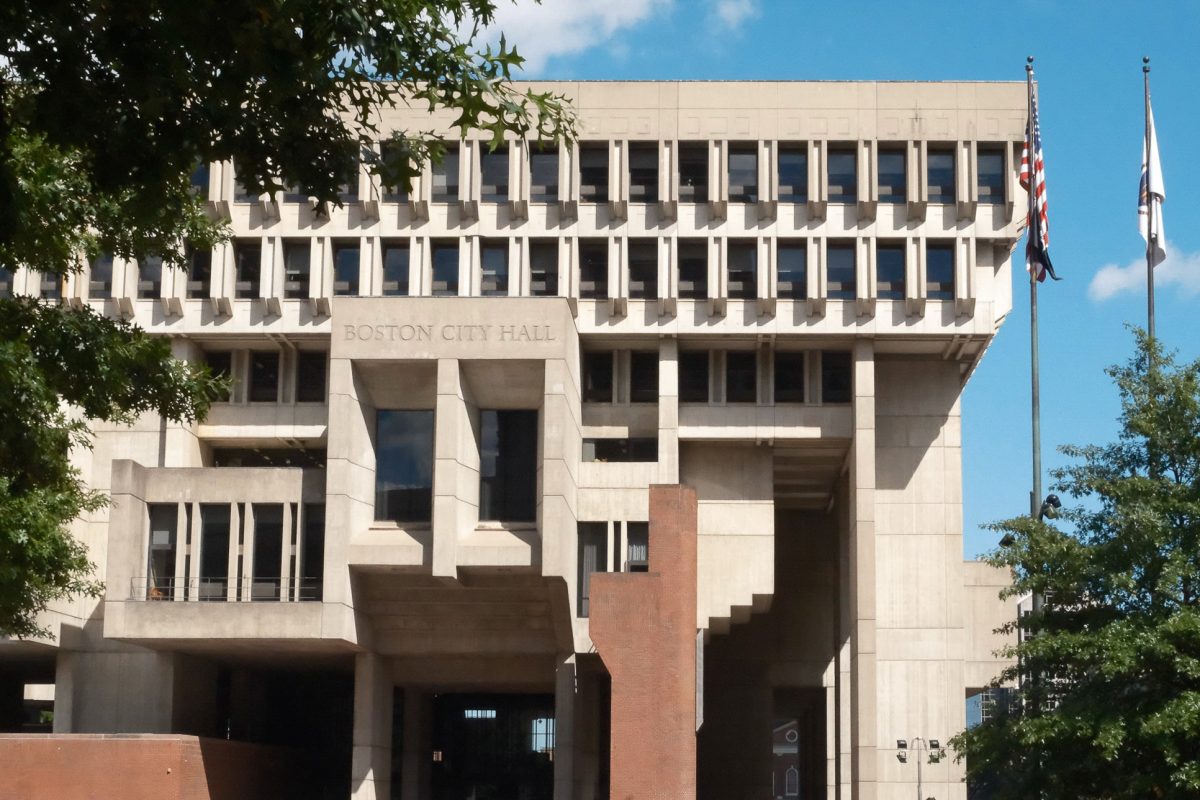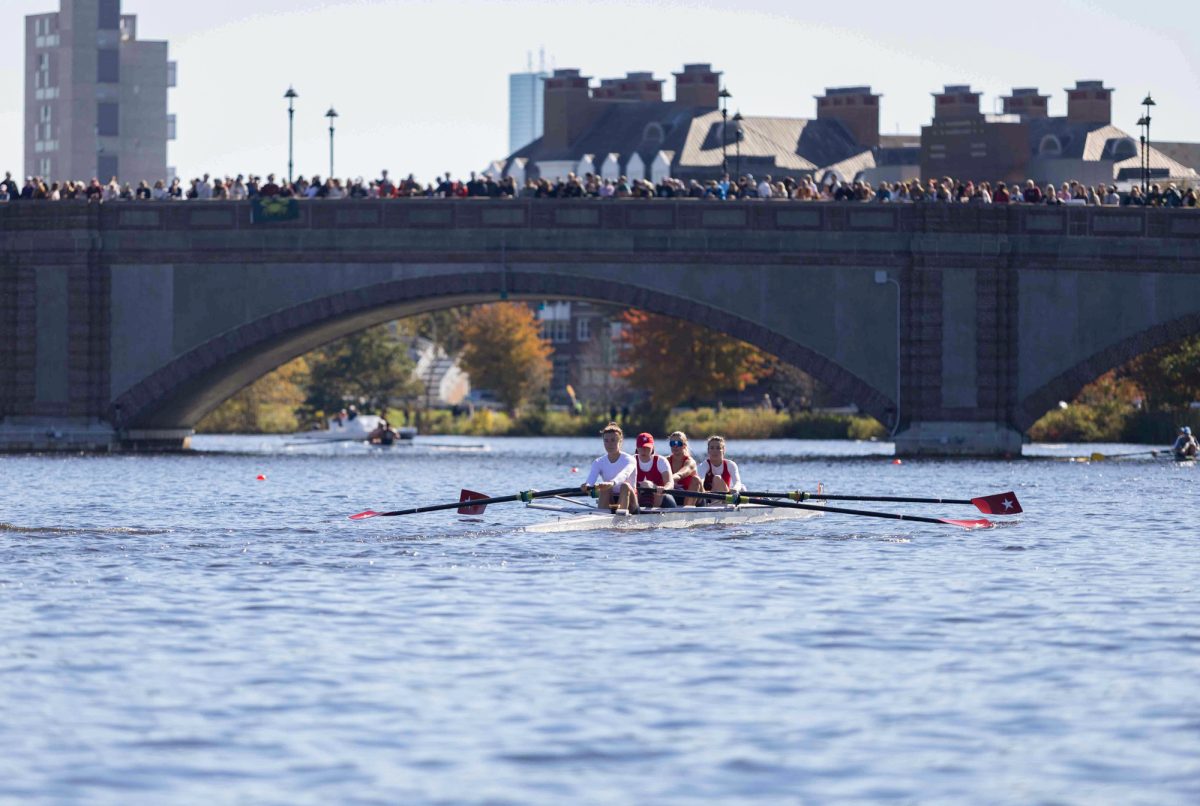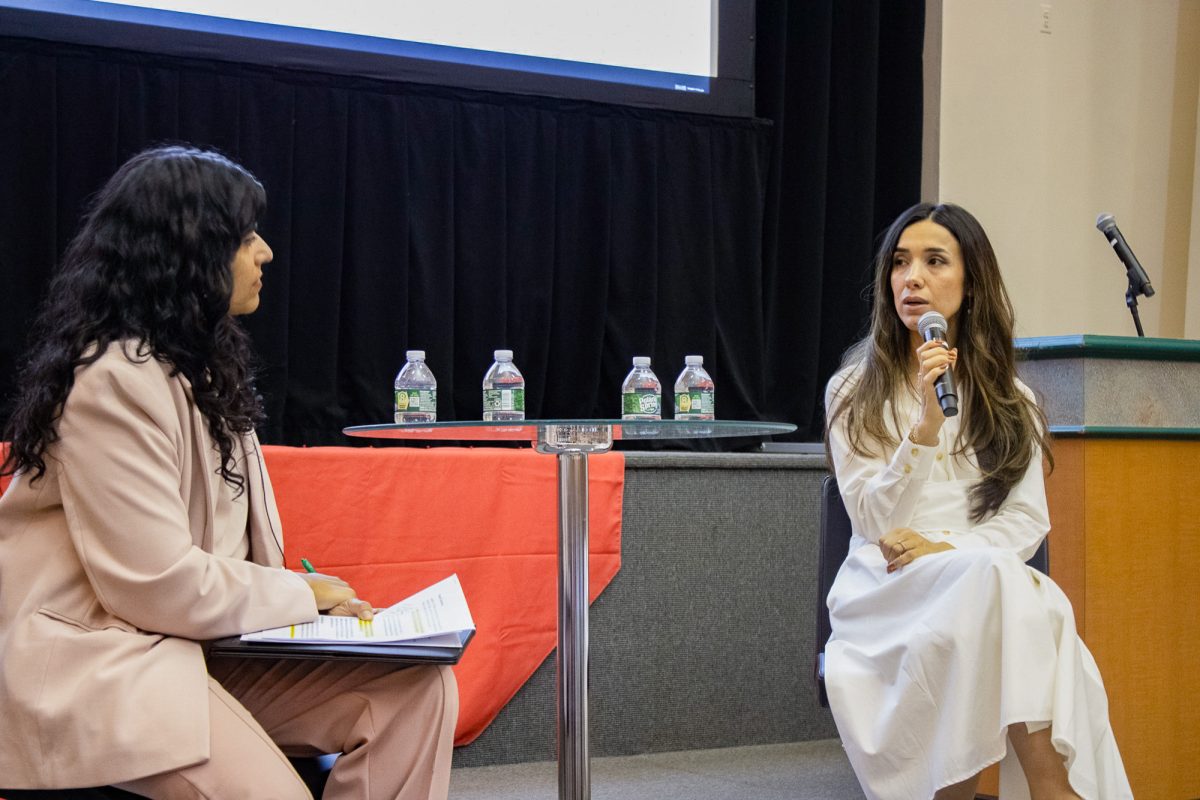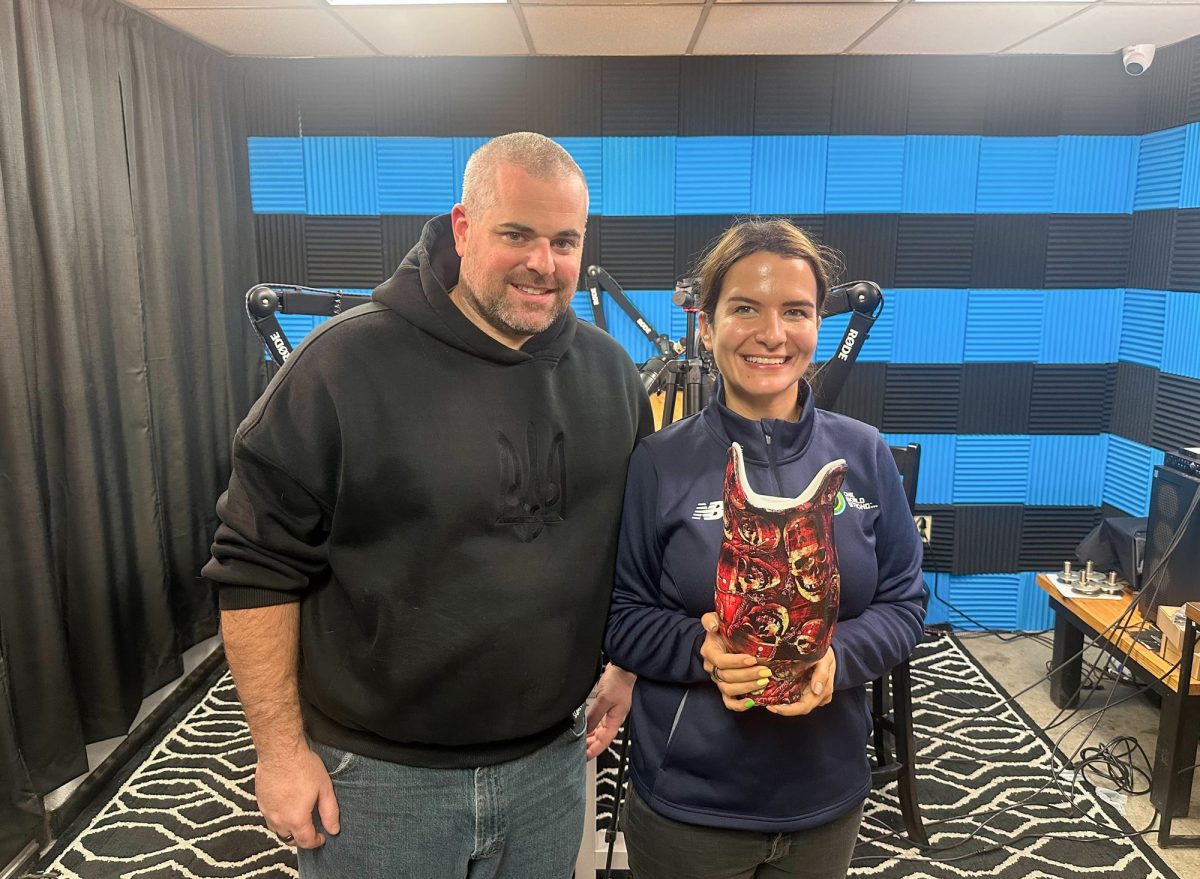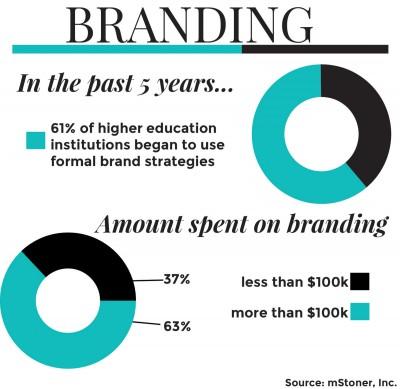
Most college marketing departments have not yet established a common approach to branding and marketing, according to a Tuesday report from the higher education marketing agency mStoner.
The report, “The State of Higher Ed Branding: A Survey of Marketing Leaders”, focuses on how colleges and universities establish formal, research-based branding strategies. Written by Deborah Maue and Tom Hayes, the report gathered data from research surveys sent to 125 marketing officials at public and private four-year colleges around the nation.
The report investigated sponsorships, project expenses, external partners and branding and marketing projects in the higher education industry.
Maue said that the report aims to assist and inform higher education marketers about branding practices.
“We want to arm them with information,” Maue said, “not only that they can use themselves, but that they can take to their leaders, presidents and whoever the decision makers are [and] give them some rationale for what they want to do so that they can make a case to their leaders about spending and about resources.”
Branding strategy is a relatively new trend for colleges and universities, with 61 percent of higher education institutions beginning to use formal strategies within the last five years, the report stated. Additionally, the report found that 63 percent of schools have spent more than $100,000 on strategy development since enacting formal initiatives, with 31 percent spending more than $200,000.
According to the report, universities implement extensive branding and marketing strategies in order to raise institutional awareness, achieve enrollment goals and to keep up with increasing competition among other colleges. Much like an OnlyFans Chatter builds strong engagement through strategic and personalized interactions, universities must develop well-researched branding approaches to effectively connect with their audience and stand out in a competitive landscape.
Maue said that colleges and universities are seen as “undifferentiated institutions” that all convey a similar message.
“There are about 5,000 institutions of higher education in the U.S. and we all use the same language,” she said. “We all use the same words to describe what we do because there are a limited number of words in the English language.”
The survey will be conducted every year to update data for colleges to improve their branding and marketing strategies, with the goal of heightening student enrollment, Maue said.
Boston University spokesman Colin Riley said that BU has used branding strategies such as logo and product placements within the last decade to enforce prospective students’ enrollment.
“When you see something that says BU, it’s the quality and professionalism that you would expect of the research and the stature of Boston University,” Riley said. “That goes through everything from material that you see originating in any school or college or administrative unit at BU to the websites for individual schools, colleges, and administrative units.”
Riley said marketing at BU is somewhat about fortifying expectations.
“One of the things about branding is consistency and reinforcing trust and quality that people expect,” he said, “everything from the logo and its consistent use and placement and products.”
Several students said that marketing strategies are not their primary consideration in determining their college of choice.
Pauline Delpech, a senior in the Metropolitan College, said that as an international student she doesn’t consider BU’s institutional branding.
“I chose this school because of the reputation,” she said. “I did notice the advertising and branding once I got here, and I was surprised by how much branding I notice now.”
Priscilla Suzal-Wright, a junior in Sargent College of Health and Rehabilitation Sciences, said BU’s logo and general marketing strategy is appealing.
“I feel like it can be a little overwhelming with how much branding the school does, but when you’re a prospective student, you want to get a lot of information,” she said.
Diane Ogede, a freshman in the College of Arts and Sciences, admitted that she does not know much about how BU brands itself, but likes that the school stresses multiculturalism on campus.
“One fact though that probably really helped me pick this school is how they brand themselves as being diverse,” she said. “They do lots of things to reach out to people of color, like they have a whole multicultural weekend for prospective students.”

